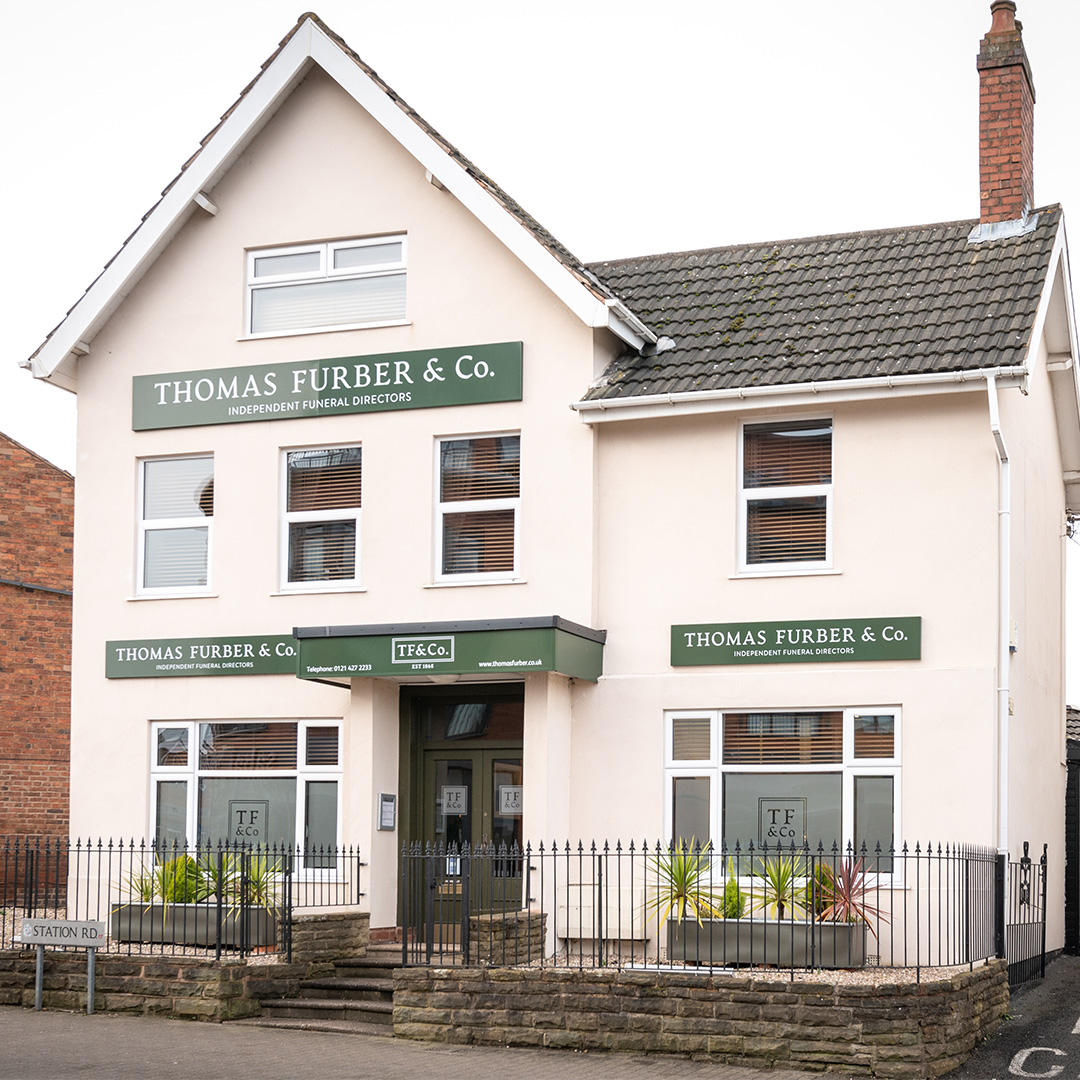The Historical Significance of Paging the Hearse
Paging the hearse is a tradition deeply rooted in history. Years ago, hearses were horse-drawn and the funeral director would walk in front of the hearse. This would clear the path of any obstacles and signal that the hearse was coming through.
Why We Page The Hearse: The Meaning of Paging
Paging involves the funeral director or a member of the funeral team walking in front of the hearse. This is not only about leading the way; it’s also a mark of respect for the departed. Paging marks the solemnity of the occasion and the symbolism of the final journey for a person who has died.
Reflecting on a bygone era, when funeral processions were led by a horse and carriage, the pace of the funeral process was regulated by the page out in front of the procession. In modern times, the tradition of paging the hearse still involves coordinating a simultaneous start for all the vehicles involved. Some funerals still use a horse and carriage, but most are motorised nowadays.
The idea of paging is rather than the hearse going first, and risking the following cars getting stuck in traffic, it signals oncoming traffic to stop and wait. This allows the procession to move off together towards the final resting place.
The Role of the Hearse and Funeral Processions
The hearse plays a key role in funeral processions. It carries the deceased, often adorned with photos or special items representing their life, e.g. if they had a favourite football team, there might also be a scarf, shirt, flag, etc. The funeral procession is a significant part of the farewell ceremony; it provides an opportunity for loved ones to accompany the deceased on their last journey.
As with many funeral rituals and traditions, paging is not only practical but also fulfils a symbolic purpose. The act is a gesture of respect, solemnity, and dignity for the departed. Also, it marks their final departure from their home. Thus, we commemorate this special occasion with the paging of the hearse. The funeral director usually accompanies the chauffeur driving the hearse. When arriving at the crematorium or burial site, the funeral director will get out and lead on foot to the venue.
Funeral Procession Examples: Famous People, Biking Clubs, & Sports
For well-known individuals like singer and writer Shane MacGowan, who recently passed away, the funeral director may lead a procession on foot through local streets to allow people to pay their respects. This tradition, known as paging away, is both a mark of respect and a way to clear the way for the funeral procession if big crowds are gathered.
The funeral procession may visit or pass a place of significance for the deceased. In the example of motorbike clubs, they may gather on their bikes to do a high-speed ‘last blast’ down a road to salute the loved one. Alternatively, funeral processions may stop or pause at a football or other sporting club.
Famously, FA Albin & Sons, known for their traditional London processions, even paused once at a betting shop; so the deceased could have “one last flutter”! They even placed a betting slip on the coffin!
Funeral Procession Laws, Etiquette, and Protocol
In the UK, there isn’t any legal requirement to allow a funeral procession to pass. However, some people do it out of respect. The paging of the hearse allows the grieving family to travel uninterrupted because it signals to traffic that the procession is coming.
It is tradition for the direct family to follow directly behind the hearse, then close family members and friends. Then following behind them are other people such as neighbours, carers, and ex-colleagues.
Last Words on Paging the Hearse
As well as fulfilling the practical role of signalling to oncoming traffic, paging the hearse signifies respect, dignity, solemnity, and the honouring of a loved one.
So, if you see a funeral procession, out of respect, please let them through.



